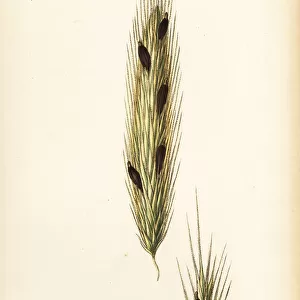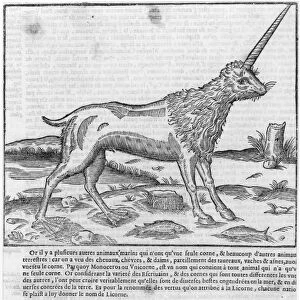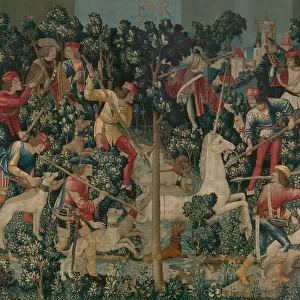Home > Europe > United Kingdom > England > London > Related Images
Ergot of rye, Claviceps purpurea
![]()

Wall Art and Photo Gifts from Mary Evans Picture Library
Ergot of rye, Claviceps purpurea
Ergot of rye, Claviceps purpurea. Handcoloured lithograph by Hanhart after a botanical illustration by David Blair from Robert Bentley and Henry Trimens Medicinal Plants, London, 1880
Mary Evans Picture Library makes available wonderful images created for people to enjoy over the centuries
Media ID 23154286
© Florilegius/Mary Evans
Apothecary Bentley Blair Hanhart Herbal Medicinal Purpurea Trimen Ergot
FEATURES IN THESE COLLECTIONS
> Europe
> United Kingdom
> England
> London
> Related Images
> Mary Evans Prints Online
> New Images August 2021
EDITORS COMMENTS
Ergot of Rye, Claviceps purpurea, is a parasitic fungus that infects the flowers and seeds of various grasses, including rye. In this stunning handcoloured lithograph by Hanhart, based on a botanical illustration by David Blair from Robert Bentley and Henry Trimner's "Medicinal Plants" published in London in 1880, we see the intricate details of this fascinating organism. Ergot of Rye has a long history of use in herbal medicine, particularly in Europe. The fungus produces a range of alkaloids, including ergine and ergotamine, which have hallucinogenic and vasoconstrictive properties. Traditionally, ergot was used to induce labor, treat menstrual disorders, and alleviate symptoms of syphilis and other diseases. Despite its medicinal uses, ergot of rye can also be dangerous. Ingestion of large quantities can lead to ergotism, a condition characterized by convulsions, hallucinations, and gangrene. The fungus can also contaminate rye crops, leading to mass poisonings, as was the case in the Middle Ages during the infamous "Dancing Plague" of 1518. The intricate structure of the ergot sclerotia, or "clavices," is depicted in this beautiful lithograph. Each sclerotium contains a network of interconnected hyphae, which form a dense, compact mass. The sclerotia are typically found in the ears of infected grains and can survive for many years, waiting to be released into the environment when the grain is harvested and used for animal feed or human consumption. This handcoloured lithograph is a testament to the beauty and complexity of the natural world, and serves as a reminder of the important role that plants and fungi have played in human history as sources of medicine and food.
MADE IN AUSTRALIA
Safe Shipping with 30 Day Money Back Guarantee
FREE PERSONALISATION*
We are proud to offer a range of customisation features including Personalised Captions, Color Filters and Picture Zoom Tools
SECURE PAYMENTS
We happily accept a wide range of payment options so you can pay for the things you need in the way that is most convenient for you
* Options may vary by product and licensing agreement. Zoomed Pictures can be adjusted in the Cart.







